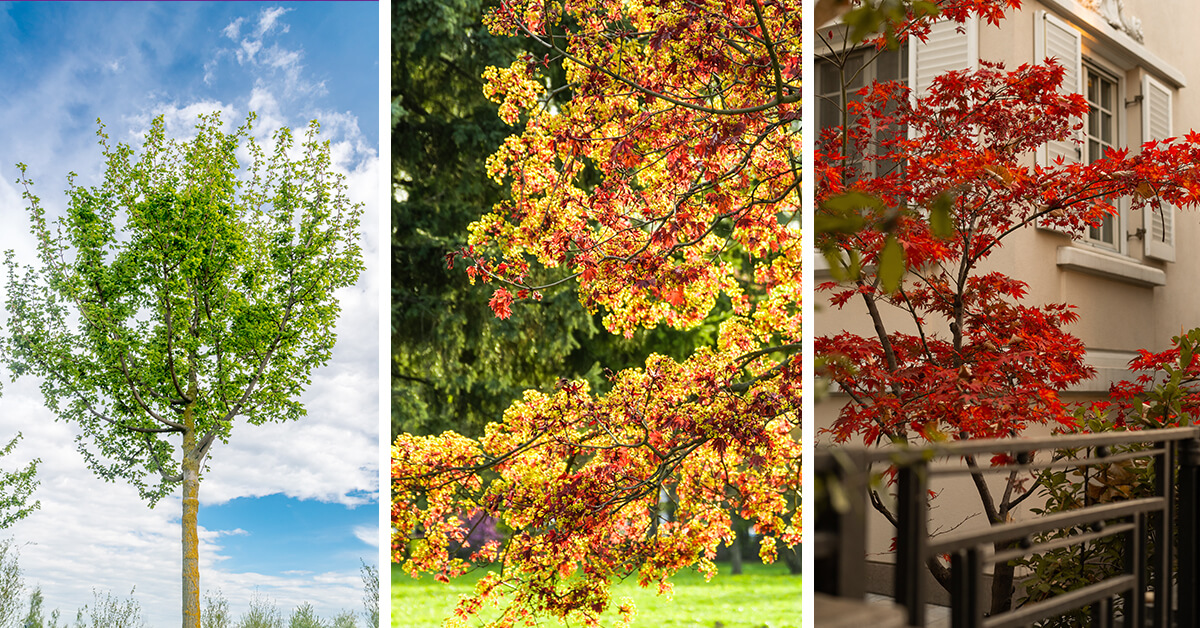Maple trees are an essential part of the ecosystem. They provide shade, food for animals and can be used as a source of wood. But what you might not know is that some maple trees can live up to 200 years. Maple trees can live for centuries because their roots grow deep into the ground, and their bark protects them from disease.
25 Different Species of maple Maple Trees that are Absolutely Beautiful

They’re also resilient and hardy. These unique trees grow in all kinds of conditions, from deep forests to sandy beaches to urban areas. And they’re capable of surviving even the most extreme weather conditions: from extreme heat and drought to heavy snowfall and ice storms. This article will explore 25 amazing maple trees that can grow easily in the United States; read on.
1. Amur Maple Tree (Acer Ginnala)
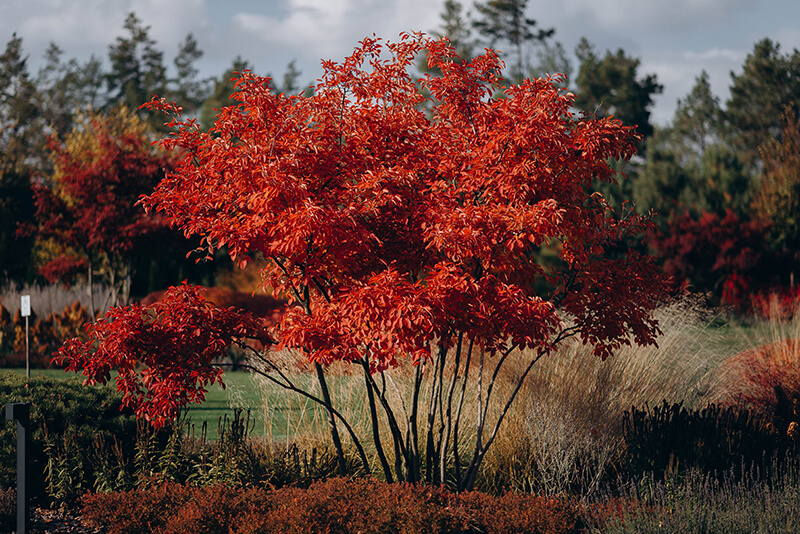
Amur Maple (Acer ginnala) is a type of maple tree that can be found in the northern hemisphere. They are named after the Amur River, which runs through China and Russia. This type of maple tree is a deciduous species, meaning it loses its leaves during the winter months.
Amur Maple trees have five-lobed leaves that are generally between 3 and 5 inches long. They have an oval leaf shape with sawtooth edges, which are often bright red in colour but can also be yellow or orange in some cases. The bark on this type of maple tree is dark brown when young but becomes gray as it ages.
These types of maples grow best in areas where there are full sun conditions throughout most parts of the year; however, they will tolerate partial shade, too, if necessary (though they won’t grow as well under these conditions). Amur maple trees also need moist soil conditions throughout most parts of the year; however, they will tolerate dry periods, too, if necessary.
2. Bigleaf Maple Tree (Acer Macrophyllum)
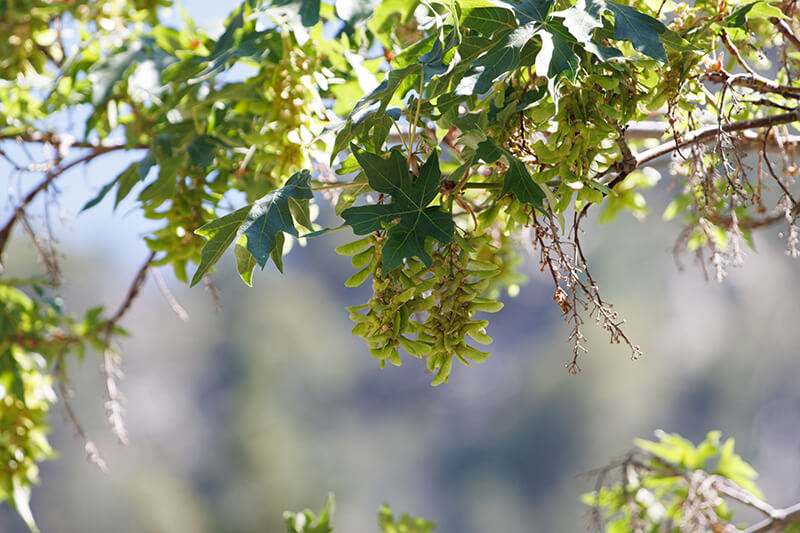
The big-leaf maple is a large tree that can grow to be up to 100 feet tall and 12 feet wide. It has large, palmate leaves that are up to 8 inches long and 5 inches wide. The bark of the big-leaf maple is dark brown and furrowed.
If you’re looking for a shade tree that’s easy to grow and maintain, the big-leaf maple is the perfect choice for you. These maple plants will thrive in full sunlight or partial shade, making them ideal for most areas where they can be planted. In fact, its adaptability makes it an excellent choice for urban environments as well as rural ones. It can grow in USDA growing zones 6 to 7.
3. Hedge Maple Tree (Acer Campestre)
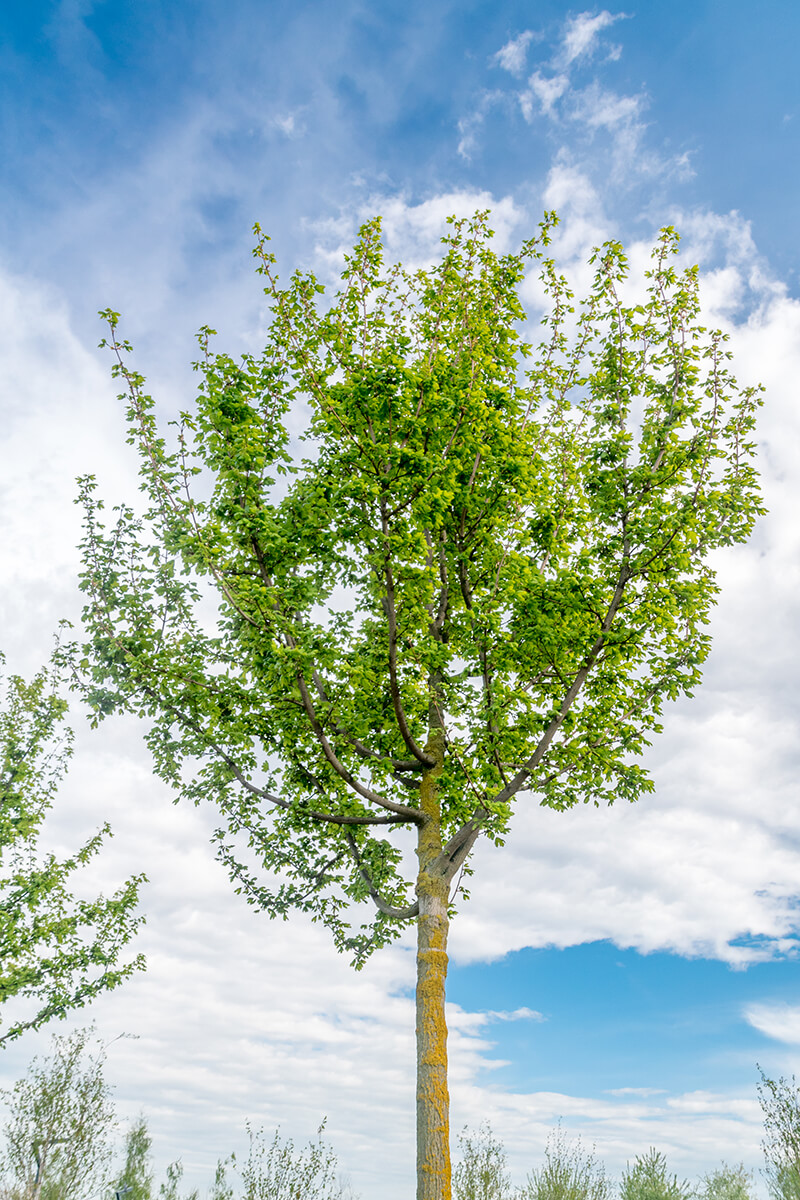
The hedge maple is commonly found along hedgerows and woodlands, where it can reach up to 35 feet in height and spread out from 3 to 10 feet wide. The leaves of this deciduous tree are dark green with paler veins, turning yellow in autumn before falling off for winter. Hedge maples have a unique smooth gray bark with small flowers blooming in late spring, followed by red fruit that ripens during fall months. The hedge maple prefers well-drained soil but will grow on rocky hillsides as well as sandy soils, which makes it an ideal choice for planting near streams or ponds because water won’t pool around the roots causing them to rot away from underneath their base, leaving them vulnerable to toppling. This tree provides the perfect autumn colors.
4. Hornbeam Maple Tree (Acer Carpinifolium)
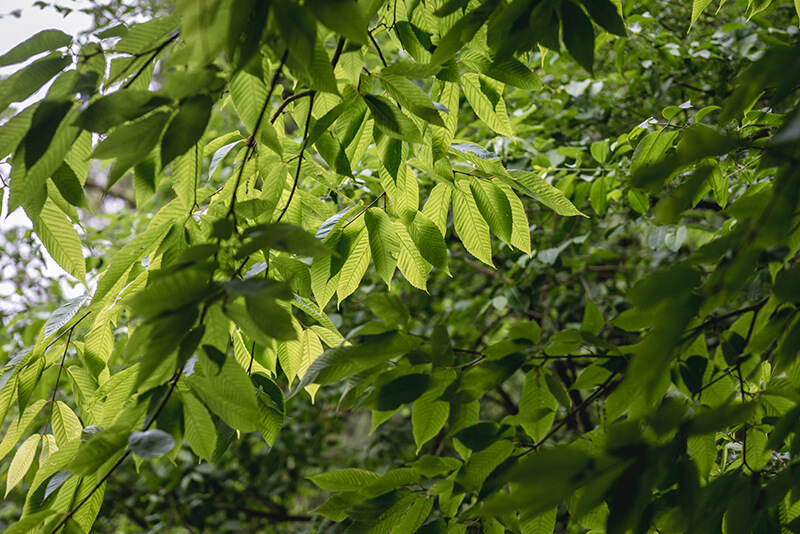
This is a deciduous tree with an upright, rounded crown. It grows to a height of about 30 feet, with a spread of about 20 feet. The bark is gray to brownish-gray, with narrow vertical stripes and fissures running vertically. The leaves are simple and palmately lobed with 3 to 7 lobes per leaf, each lobe up to 3 inches long. The leaves are dark green above and pale below, with a prominent vein along the center of each leaf. The flowers are greenish-yellow in umbels that form on short stalks in the leaf axils. Fruit is a samaras consisting of 2 winged seeds attached at right angles to a central column. The Hornbeam Maple thrives in full sun but will tolerate partial shade as well. It can be used as an ornamental tree or planted in a forested area.
5. Japanese Maple Tree (Acer Palmatum)
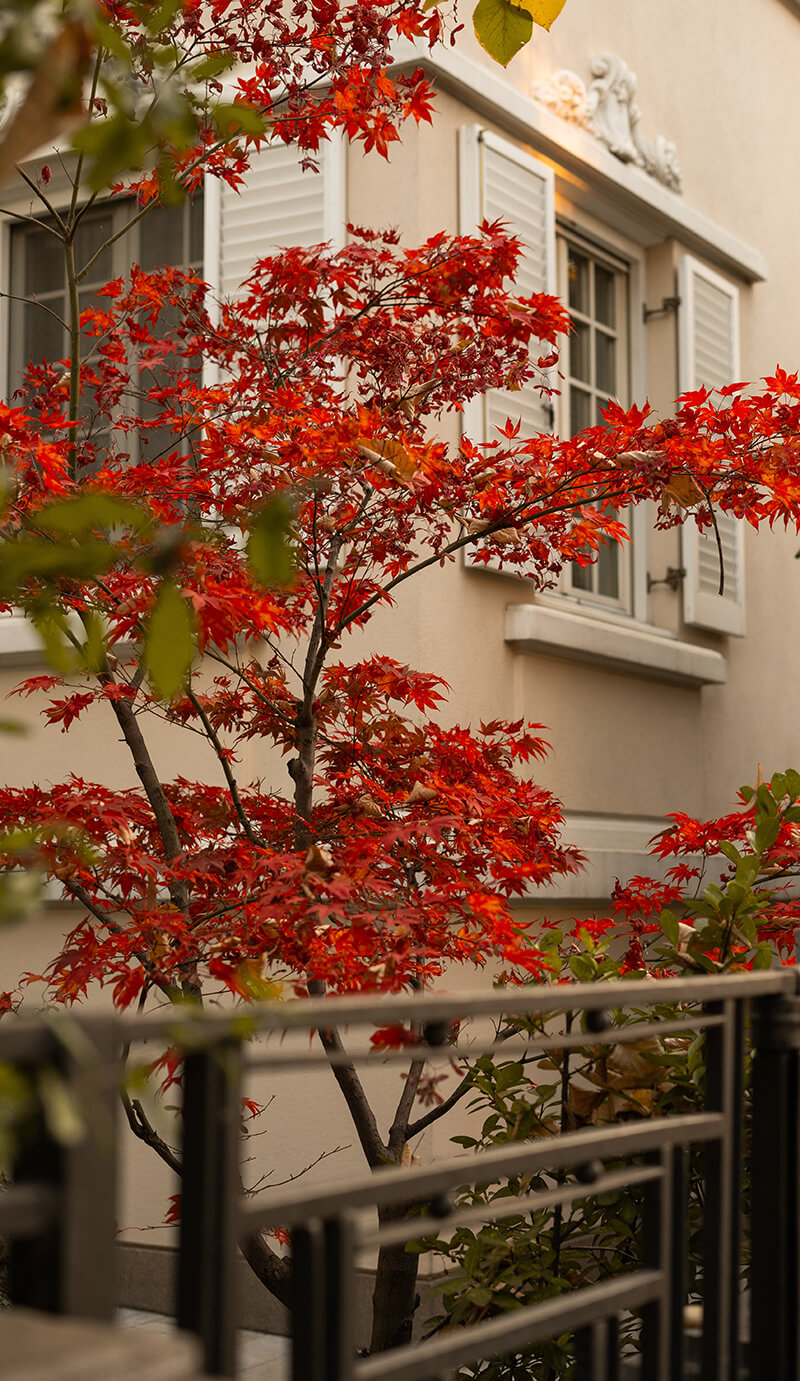
The Japanese maple is one of the most recognizable trees in the world. It is native to Japan but has been popularized in North America and Europe as well. The tree grows up to 25 feet tall and has a vase-shaped form with a dense canopy. Its leaves are deciduous and turn from green to red in the fall.
The Japanese maple can grow in full sun or partial shade, but it prefers moist soils with good drainage. These Japanese maple trees have been planted in large numbers throughout North America and Europe because they are so easy to care for, and they provide an abundance of color during the fall months. Japanese maple trees grow in zones 5 through 9.
6. Norway Maple Tree (Acer Platanoides)
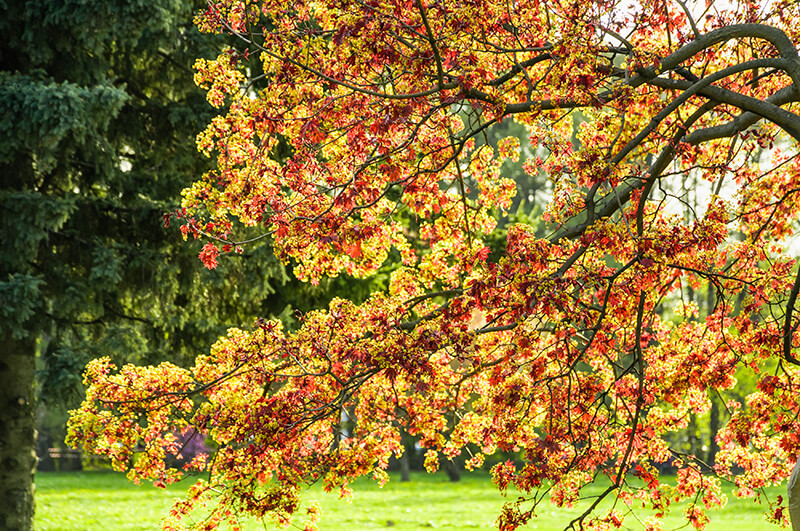
Norway Maple is a deciduous tree that grows up to 50 feet tall. It has a short, stocky trunk with spreading branches, and the crown is rounded. The bark is smooth, dark gray to blackish brown on young trees and light gray on older trees. The leaves of the Norway maple are palmately lobed with five lobes, bright green above, yellow-green below, with coarse teeth along the margin; they are 6-12 cm long and 3-5 cm broad, pointed at both ends, growing in clusters of three or four on short side twigs.
The Norway maple can tolerate many soil types but do best in well-drained soil with moderate fertility and good water drainage. The Norway maple will grow well in full sun or partial shade. The Norway maple prefers acidic soils but will tolerate alkaline soils as well (pH range of 4.5 to 8).
7. Paperbark Maple Tree (Acer Griseum)
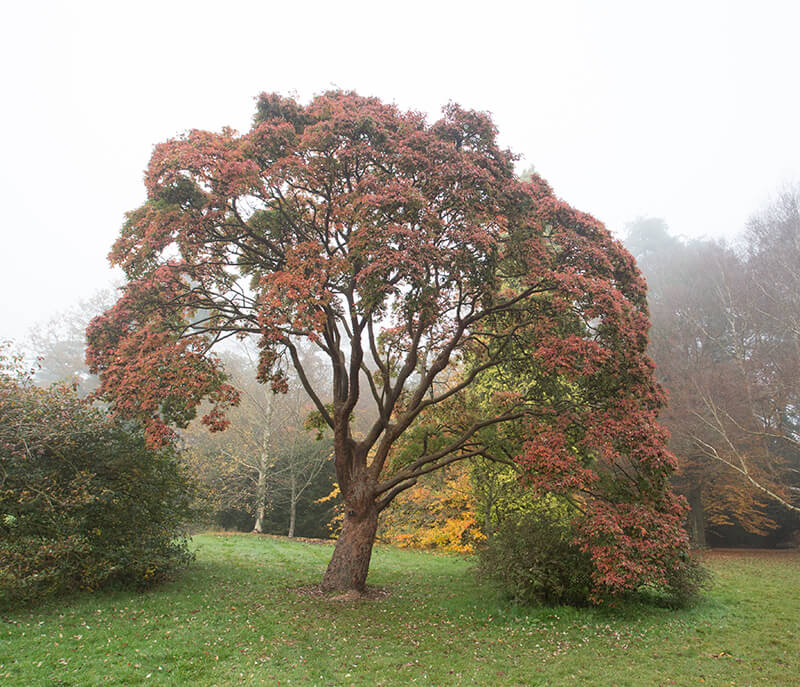
The Paperbark Maple is a medium-sized tree that can grow up to 30 feet tall and 15 feet wide. It has soft, flaky bark, and its leaves are green in summer and yellow in fall. The tree is native to Japan, Korea, China, and Taiwan. The Paperbark Maple has an interesting look because its leaves have white or silvery hairs on them. These hairs protect the plant from insects that would like to eat it.
If you want to grow your own Paperbark Maple tree from seeds or seedlings, be sure to plant them outdoors when they’re young because they don’t do well indoors unless they get lots of sun every day throughout their entire lives (at least 6 hours per day).
8. Red Maple Tree (Maple Acer Rubrum)
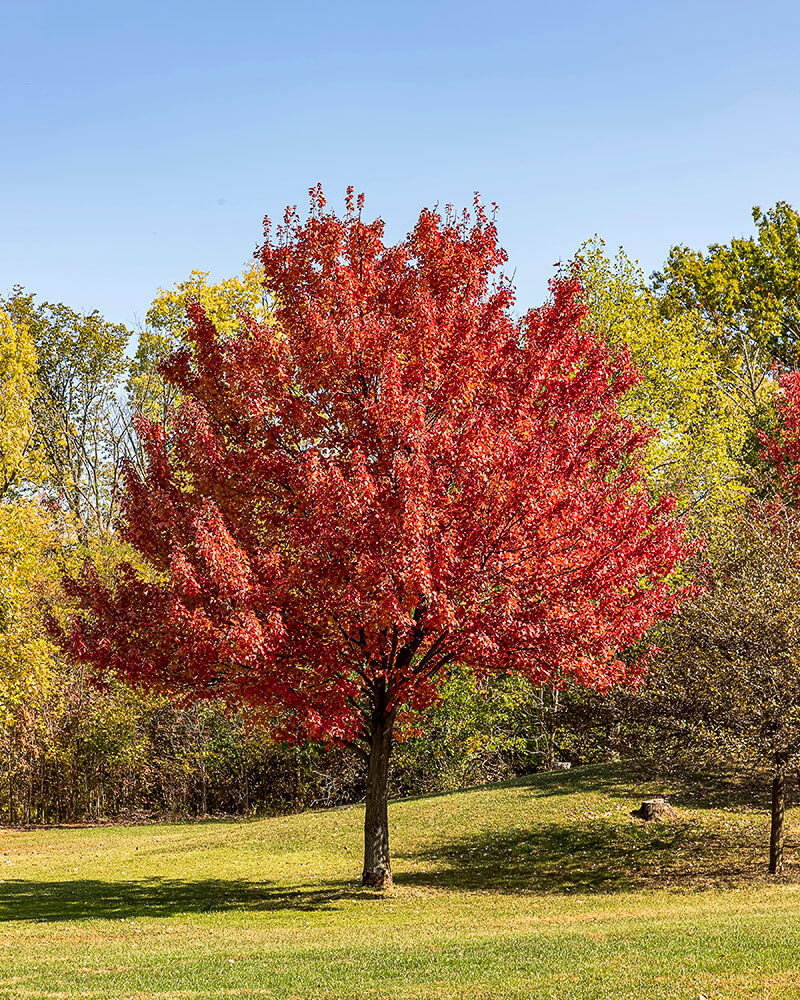
The Red Maple, or acer rubrum, is a deciduous tree that can grow up to 100 feet tall. It has compound leaves and grows in full sun or partial shade. Its bark is smooth and gray in color. The Red Maple produces winged seeds called samaras, which are produced on female trees.
The Red Maple is useful as an ornamental tree because of its attractive leaves, which turn red in autumn and give the tree a striking appearance. In addition, it’s one of the most common maple species used for the commercial production of maple syrup. Red Maple grows in USDA zone 2 to 9.
9. Silver Maple Tree (Maple Acer Saccharinum)
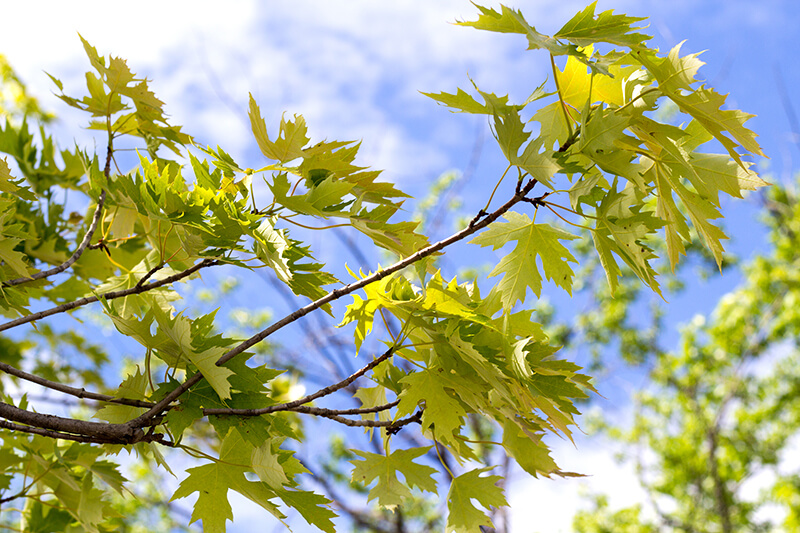
Silver Maple, or the acer saccharinum, is a fast-growing deciduous tree native to North America. It can reach up to 100 feet tall and has bark that is usually light gray or white with black streaks. The silver-gray leaves turn yellow in fall, making the tree stand out in the landscape. It is ideal for urban environments because it grows quickly, requires little maintenance, and tolerates pollution well.
The leaves are long and narrow, with a rounded tip and often a short stalk on one end. The leaves of the silver maple have 5-7 lobes with finely serrated edges. They are slightly asymmetrical at the base of the leaf, where they attach to the twig. When young, they are dark green above and paler below, with a white midrib along each side of the blade. As they mature, their color changes from dark green above to light green or yellowish green below; sometimes, both sides will be different shades of green depending on weather conditions during growth periods which may take place more than once per year in some areas such as those found within western states.
10. Sugar Maple Tree (Maple Acer Saccharum)
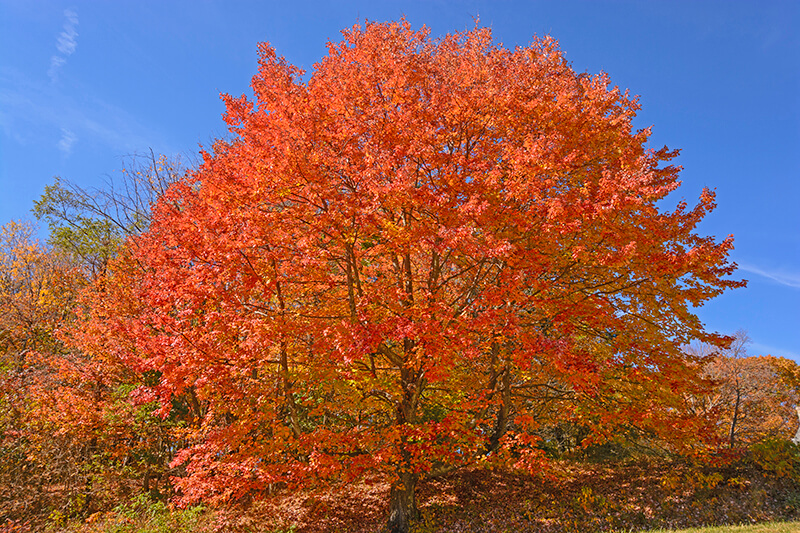
The Sugar Maple, also known as acer saccharum, is a deciduous tree that is native to eastern North America. It grows best in rich, moist soils and can reach heights of up to 80 feet. The maple leaves of the sugar maples are bright green and turn yellow in fall before dropping off. They are broad and five-lobed, with serrated edges. Sugar maple trees produce small clusters of flowers before turning into winged fruits that resemble samaras.
Sugar maple trees have been used for syrup production for centuries. The sap is collected from the tree’s trunk and boiled down to make maple syrup or sugar. The sap of sugar maple has also been used as a sweetener for other foods, including ice cream.
11. Sycamore Maple Tree (Acer Pseudoplatanus)
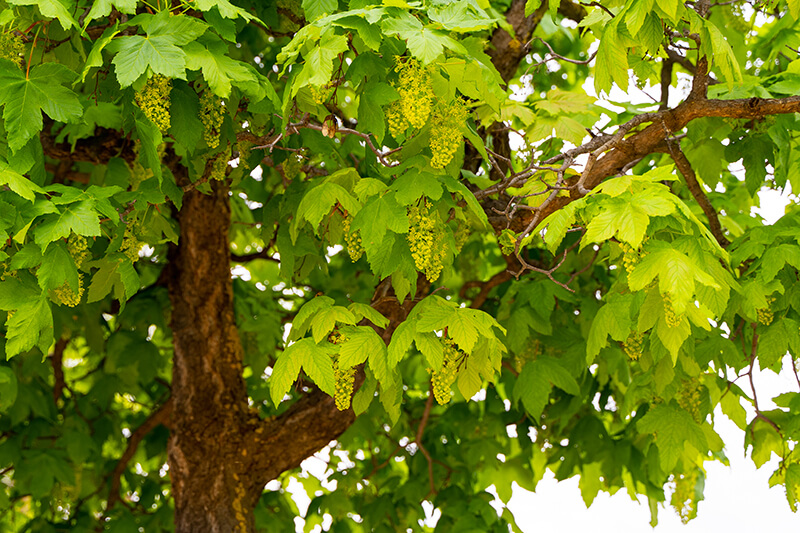
The sycamore maple is a deciduous tree that is hardy and adaptable. It can thrive in a variety of soil conditions, and its maple leaves are often more colorful than those of other maples. The trees are also resistant to disease, which makes them suitable for urban environments.
The Sycamore Maple is an attractive tree that can grow up to 60 feet tall with a spread of 20 feet. It has a broad crown with multiple branches, which makes it ideal as a shade tree or specimen plant in the garden.
The maple leaves of sycamore maple have five lobes—three on each side of each leaflet—making it easy to distinguish from other maples. This tree grows in USDA zone 4 to 7.
12. Tatarian Maple (Maple Acer Tataricum)
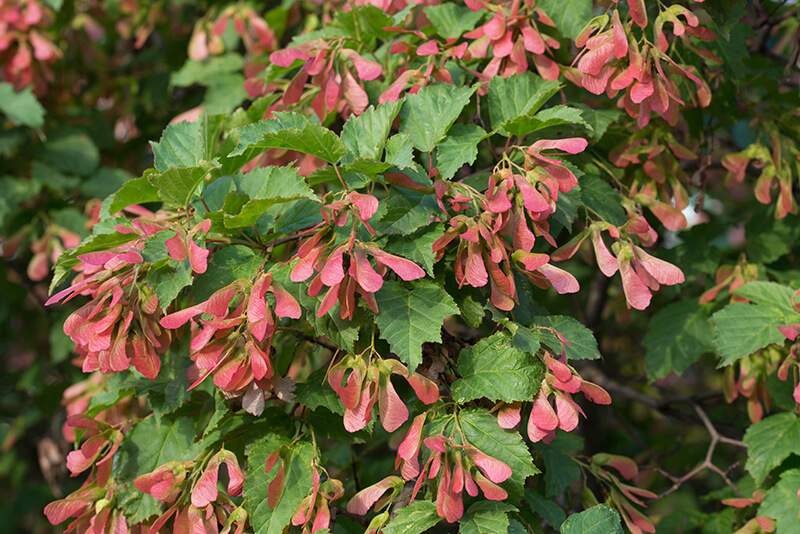
Tatarian Maple (Maple Acer tataricum) is a beautiful, deciduous tree that grows in the eastern United States and Canada. The leaves are shiny green in the spring and turn red, orange, or yellow in the fall. The trunk of this tree is relatively short and wide, with branches that grow outward from it.
The bark of a Tatarian Maple is light gray-brown with shallow furrows and vertical ridges that run up the trunk. These ridges tend to be darker than the rest of the bark because they are thicker than other parts of it.
These maple species have small white flowers that grow in clusters at the tips of branches in early spring before leaves appear on new growths. They are followed by winged seeds that ripen in autumn just before falling off.
13. Vine Leaf Maple (Maple Acer Cissifolium)
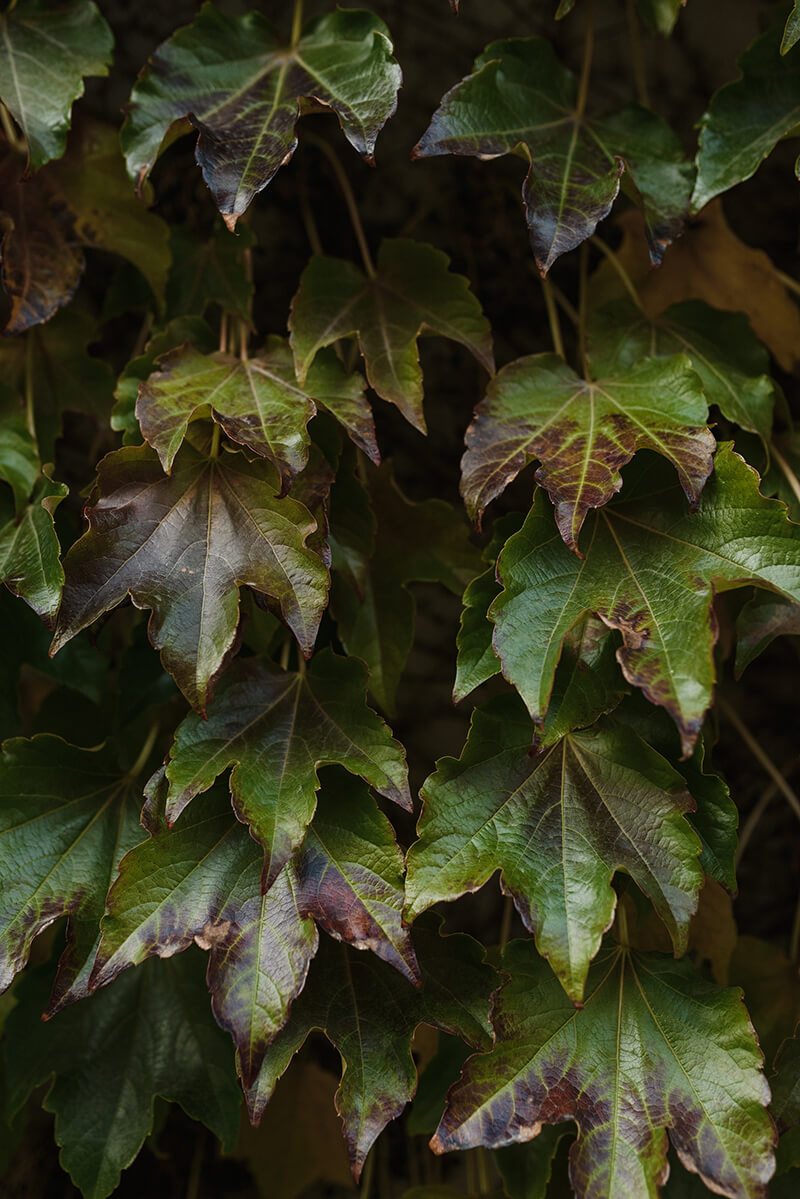
This maple tree is a popular choice for homeowners and landscapers. The leaves are bright green and dark red in the fall and have a wavy edge that resembles the tendrils of a grapevine. The Vine Leaf Maple grows up to 30 feet tall and can live up to 100 years.
The Vine Leaf Maple grows best in full sun or partial shade, and it will tolerate many soil types, including clay or sandy soil.
The Vine Leaf Maple is hardy from zones 5 to 8, so it can be grown just about anywhere in the United States except for extreme northern regions where temperatures drop below -30 degrees Fahrenheit for extended periods of time during winter months.
14. Striped Maple (Maple Acer Pensylvanicum)
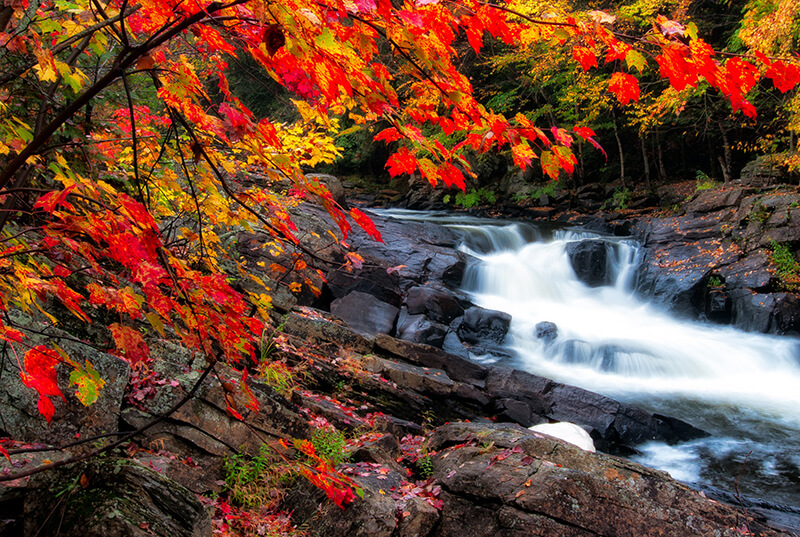
The Striped Maple is a maple species that’s native to the eastern United States. It grows in the forest and in swampy areas, and it’s often found alongside rivers and lakes. Its leaves are green on top, with a smooth texture and pointed tips. The undersides of the leaves are lighter in color, with a fine network of lines running across them. Striped Maple trees also have bark that’s similar to other kinds of maple: grayish-brown with vertical stripes. Striped Maple trees produce small flowers that grow directly off their branches during springtime. The flowers come in shades of white or pink and have four petals each. They provide the perfect spring foliage.
15. Rocky Mountain Maple (Maple Acer Glabrum)
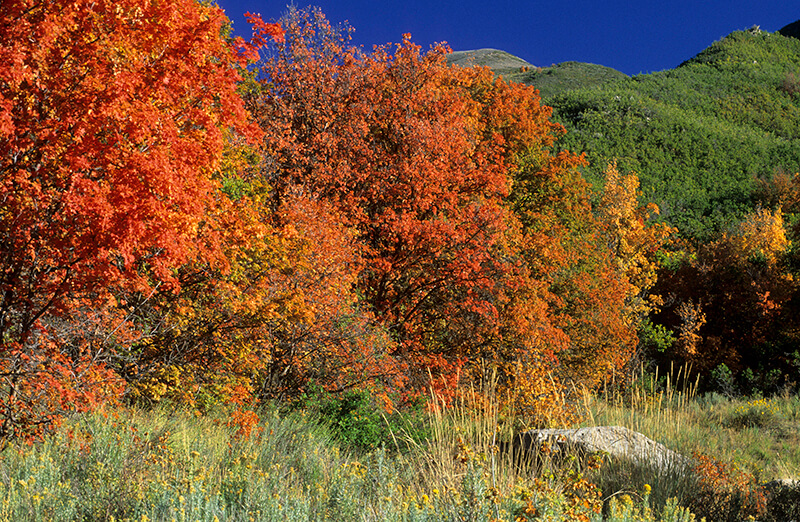
The Rocky Mountain Maple is a beautiful tree that can grow up to 30 feet tall. It has green leaves with five lobes, and it flowers in late spring or early summer. The Rocky Mountain Maple is native to the Rocky Mountains of North America.
The Rocky Mountain Maple has medium-sized leaves that are dark green on top and lighter green on the bottom. They also have five points on each leaf blade. The bark is smooth when young but becomes scaly as it ages. The bark of older trees sometimes has deep furrows caused by heavy snow accumulation during winter storms.
16. Trident Maple (Acer Buergerianum)
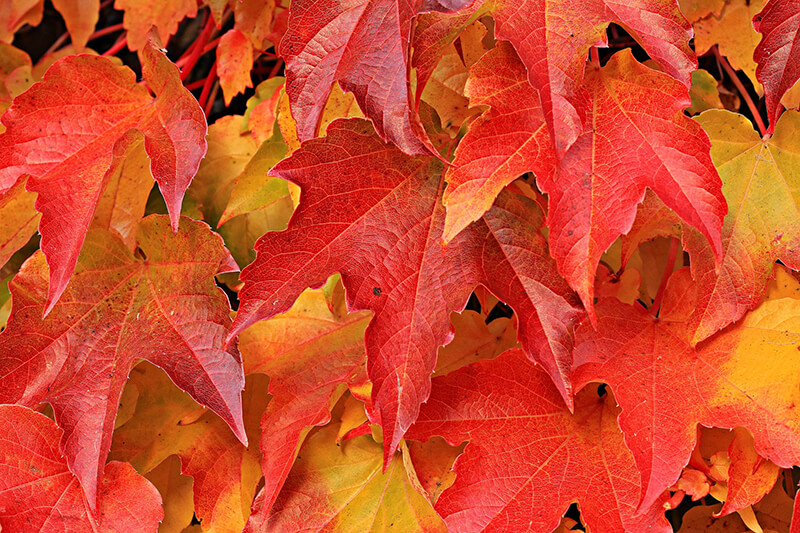
This is a deciduous tree that grows to a height of 66 to 82 feet, with a trunk up to 6 feet in diameter. It has a narrow, columnar habit and often grows in groups. The bark is thin and light brown, with long horizontal lenticels; it does not peel easily. The maple tree leaves are opposite and pinnately veined with three or five lobes; they are 8–3.2 to 5.4 inches long and 2.4 to 3.1 inches wide, with an acuminate tip, serrated margin, and hairy underside. The petiole is slender compared to other maples’.
Trident maple prefers moist soils but will also grow in dry areas. It is fairly tolerant of shade but requires full sun for optimum growth and flowering.
17. Vine Maple (Acer Circinatum)
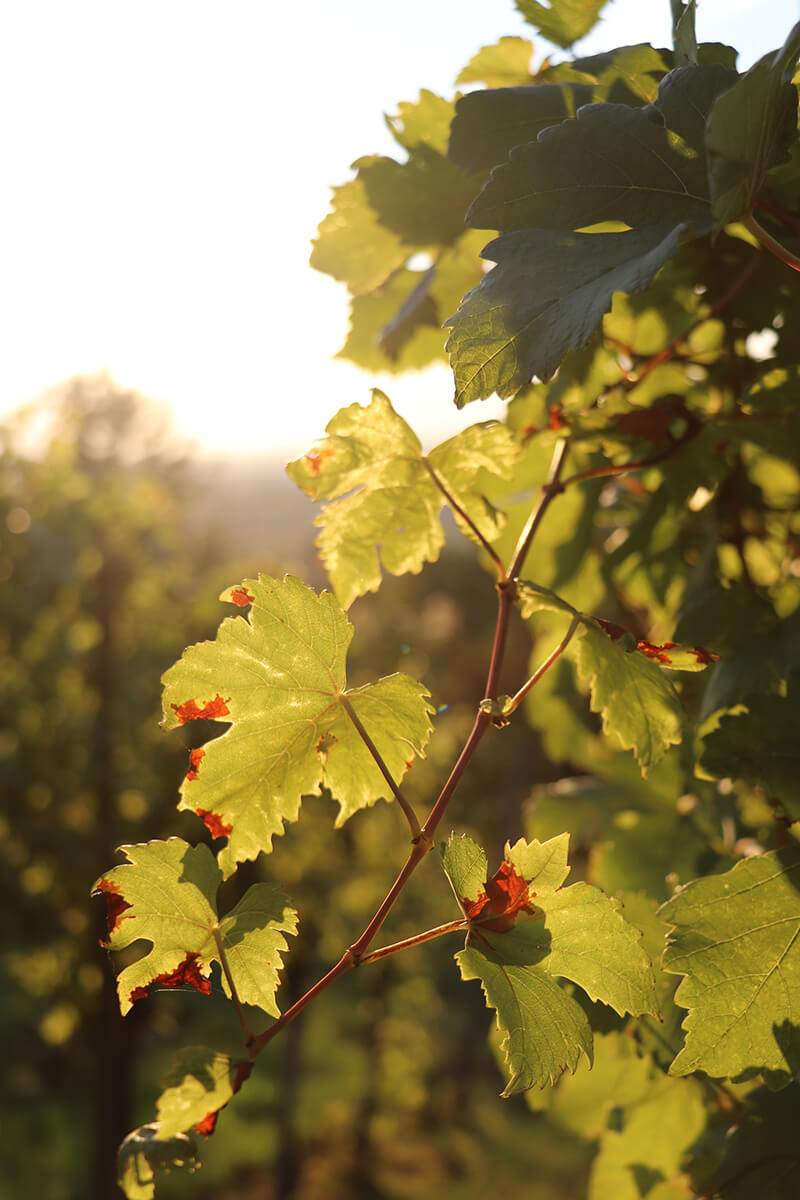
The Vine Maple is a small tree with an irregular crown and slender trunk. It’s often confused with the Japanese maple, which it resembles. Its leaves are yellow in the summer and fall and turn bright orange, red, and purple in the fall. The leaves are usually three-lobed with serrated edges and have pointed tips.
The Vine Maple can grow up to 20 feet tall but often remains smaller than that. It grows well in urban areas because it’s not picky about soil quality or exposure; just make sure you water it during dry spells so that it doesn’t get stressed out.
18. Three-Flowered Maple (Acer Triflorum)
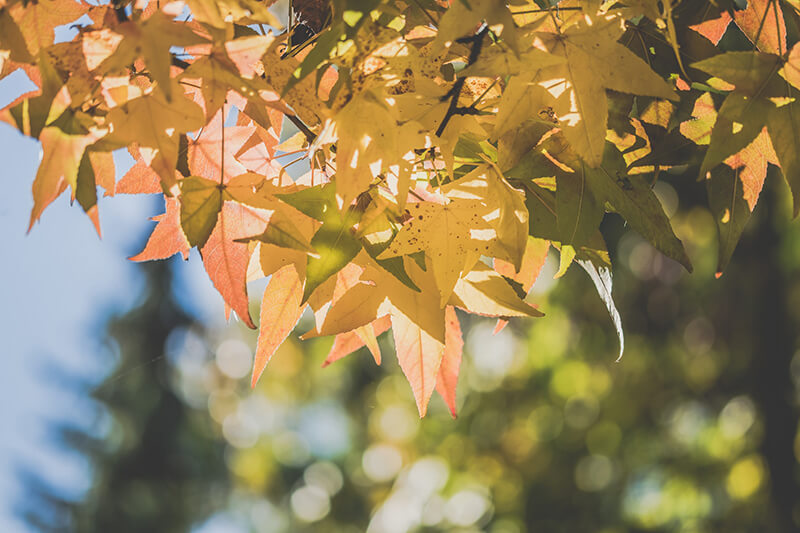
The Three-Flowered Maple is a deciduous tree that is native to China and Japan. It has a rounded crown with a broad, round-topped canopy. The leaves are three-lobed and have fine teeth along the margins. The leaf buds are reddish brown, while the flowers are small and white with three petals each.
It grows well in USDA zones 4 to 8 and likes full sun or partial shade. If planted in full sun, it will need protection from the hot afternoon sun during its first year of growth. This tree does not do well in wet soil conditions but thrives in moist soil conditions instead. It can reach heights up to 75 feet tall but often only grows up to 70 feet tall in nature due to competition from other trees around it as well as crowding from its own branches.
19. Black Maple (Acer Nigrum)
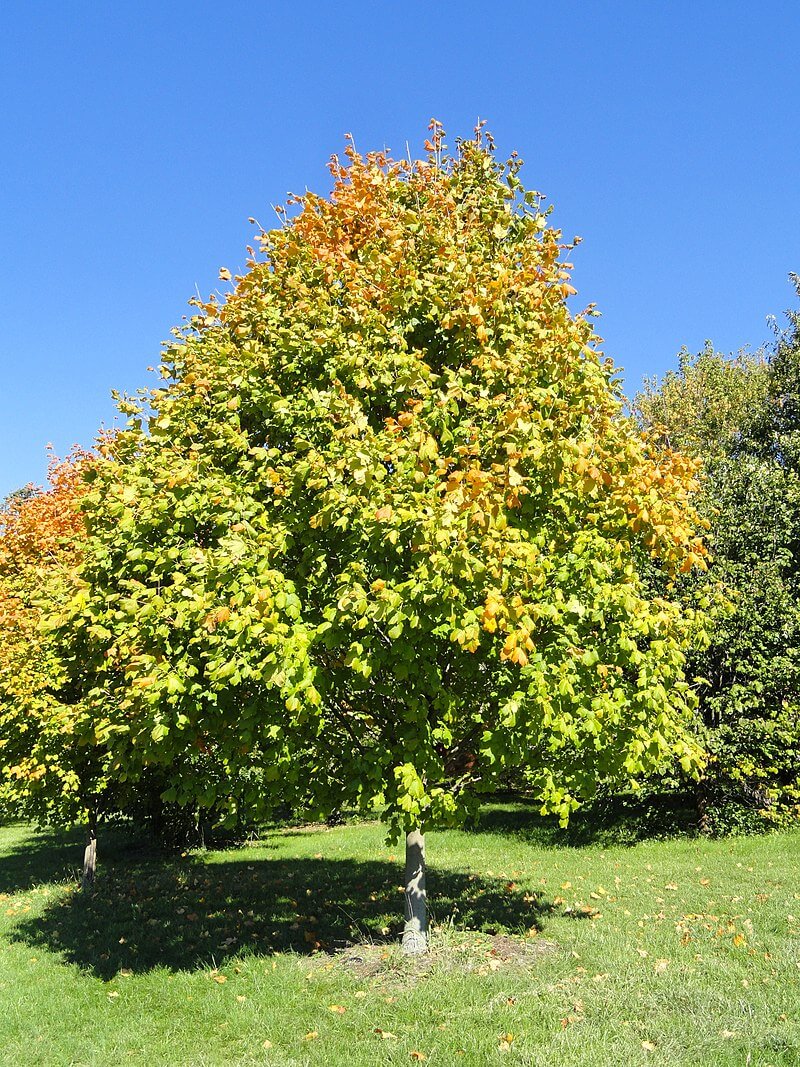
Black Maple (Acer nigrum) is a deciduous tree that grows to a height of 30 to 50 feet. It has dark green leaves with a coarsely-toothed margin, and in autumn, they turn purple before falling off the tree. Black Maple is native to North America, where it can be found growing in moist, fertile soil along streambanks and in swamps. Unlike other maples, the bark on Black Maple trees is dark gray with vertical stripes of white.
20. Bigtooth Maple (Acer Grandidentatum)
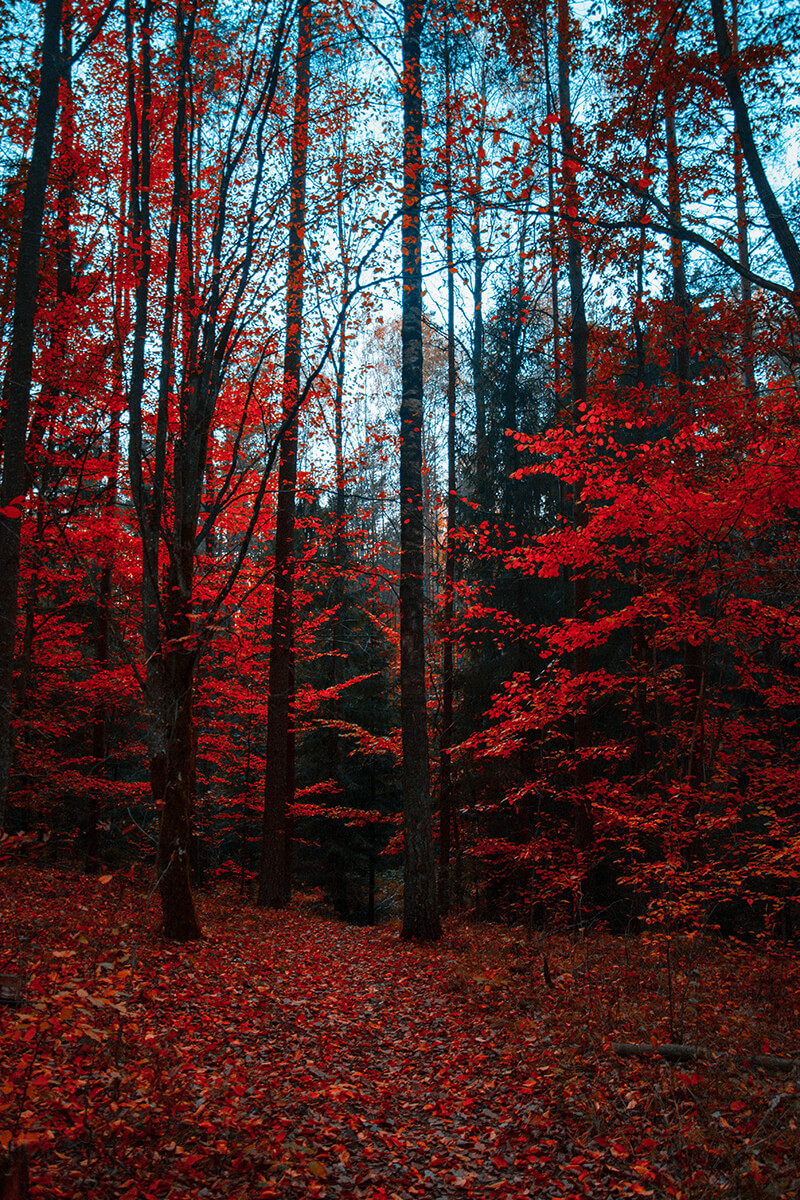
The Bigtooth Maple, also known as Acer grandidentatum, is one of the largest maples in North America. It can grow to be more than 100 feet tall and up to 35 feet wide. Its bark is grayish-brown and furrowed into deep ridges that are usually nearly black in color.
Bigtooth Maples can be found growing in moist hardwood forests throughout much of the eastern United States, from Maine to Florida and west to Iowa, Missouri, and Texas. Their preferred habitat is deciduous forests that have been disturbed by fire or other natural events such as windstorms or ice storms. They also thrive on sites where humans have planted them intentionally as part of reforestation efforts after such disturbances have occurred naturally.
The leaves on Bigtooth Maples are dark green throughout most of the year, with a yellow tint during autumn months when they turn orange or red before dropping off completely by wintertime when temperatures drop below 0 degrees Celsius (32 degrees Fahrenheit). The flowers which appear during the early spring months before leaf growth begins each year are small white clusters that look similar to those produced by other maples.
21. Douglas Maple (Acer Glabrum var Douglasii)
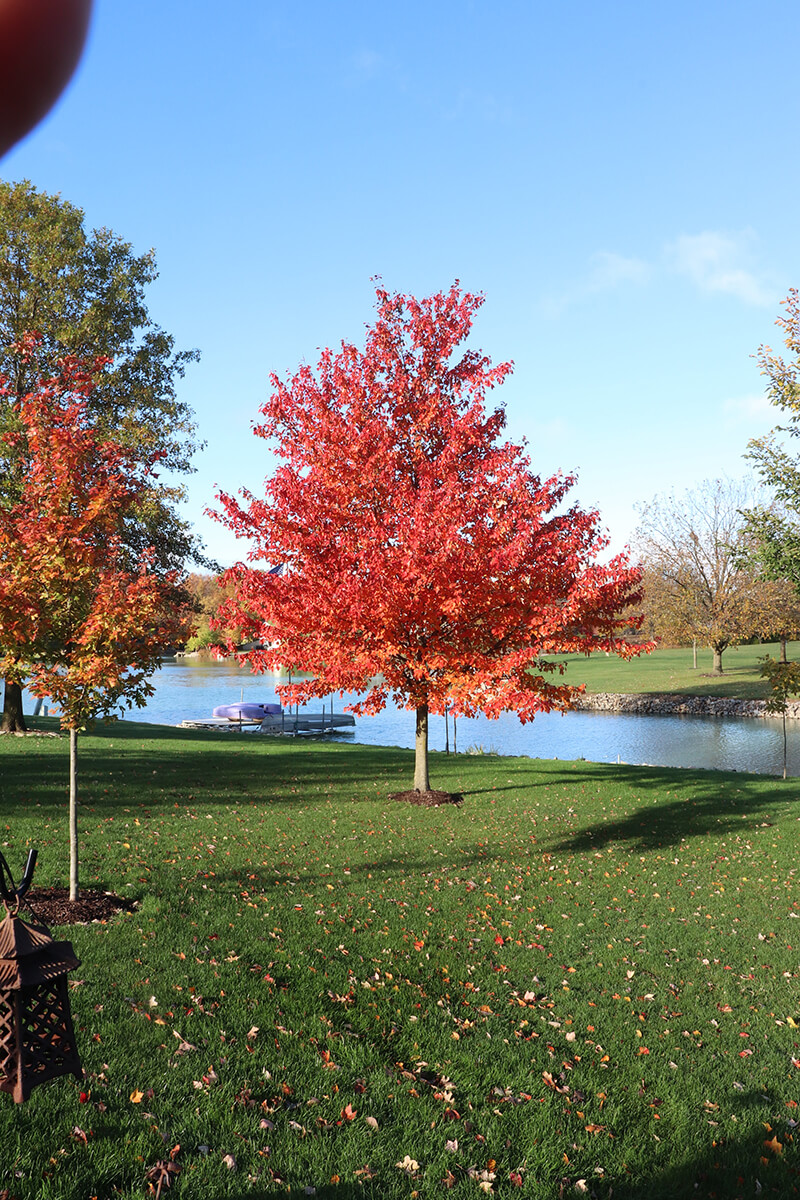
The Douglas Maple, also known as Acer glabrum var. douglasii, is a type of maple tree that grows in the Pacific Northwest and in parts of Alaska.
The Douglas Maple is a great choice if you want an attractive small tree with simple leaves that turn red in the fall. It’s also easy to grow if you’re planting it in an urban or suburban setting because it’s resistant to pests like aphids and mites.
The Douglas Maple can grow up to 40 feet tall, but it will usually be smaller than that because it doesn’t have much competition for space when planted among other trees. If you want your Douglas Maple to be taller than that, then you’ll need to prune it regularly so that its branches don’t get too dense.
22. Snakebark Maple (Acer Pectinatum ssp. Forrestii)
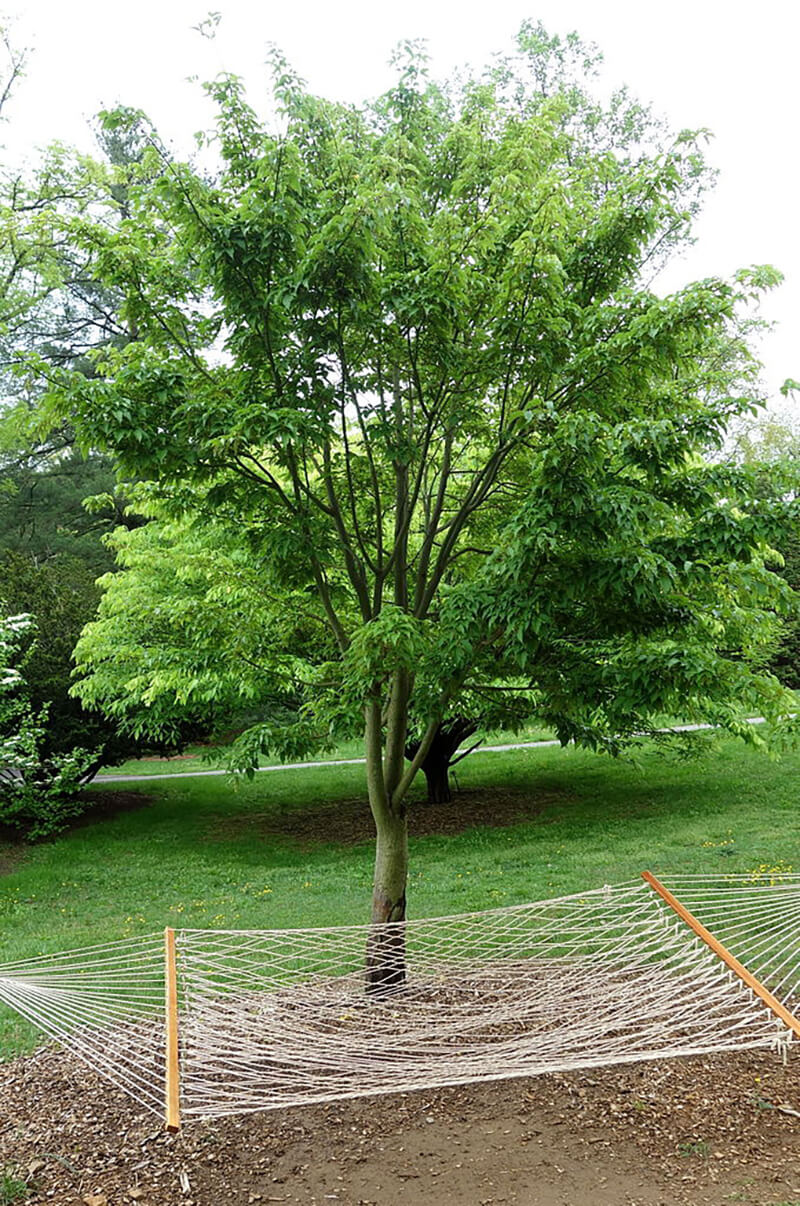
Snakebark Maple is a medium-sized deciduous tree growing to 20 feet tall and 15 feet wide. It has a broad pyramidal crown that is somewhat open at the bottom. The trunk is usually straight, with gray to brown bark that resembles snakeskin in texture, hence the name “snakebark.” The leaves are dark green and have five lobes that are pointed at the tip but not serrated along the margins. They turn yellow in the fall before falling off in early winter.
Snakebark Maple prefers partial shade to full sun and moist soils but will tolerate dry soils if adequately mulched and watered during droughts. It cannot tolerate extreme cold or heat but can withstand cool temperatures as low as -25°F when protected by snow cover. It is best suited for USDA zones 5 through 9, where it grows best in well-drained soils with a neutral pH that is enriched with organic matter such as compost or peat moss.
23. Morton Miyabe Maple (Acer Miyabei)
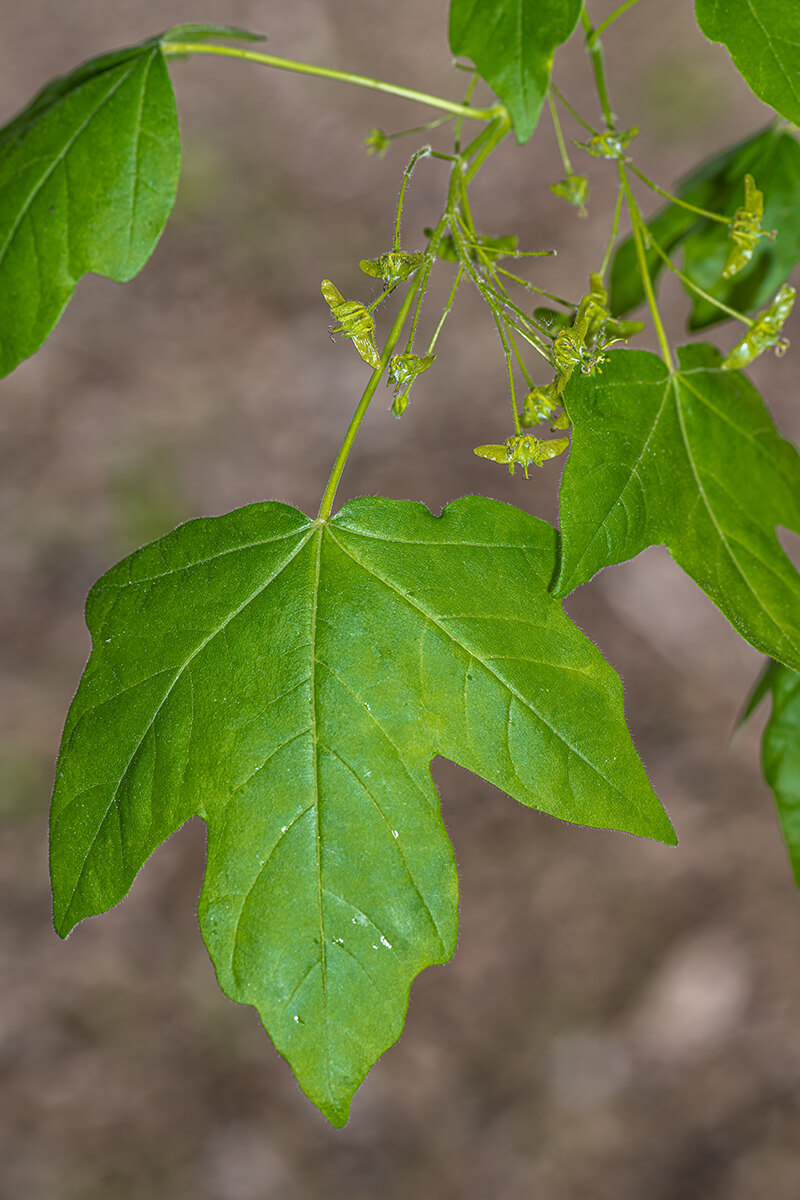
Morton Miyabe maple is a deciduous tree that grows to 35 feet tall. It can be grown as a large specimen tree or trained into a small, formal tree. Morton Miyabe maple is native to Japan and Korea, where it grows in moist forests at elevations of 4,000 to 6,000 feet. The Morton Miyabe maple has dark green leaves with an average size of 3 inches long and 1 inch wide. Its flowers are white, fragrant and appear in April or May before the leaves appear. The Morton Miyabe maple has an upright growth habit, and its branches tend to hang down.
24. Green Cascade (Acer Japonicum)
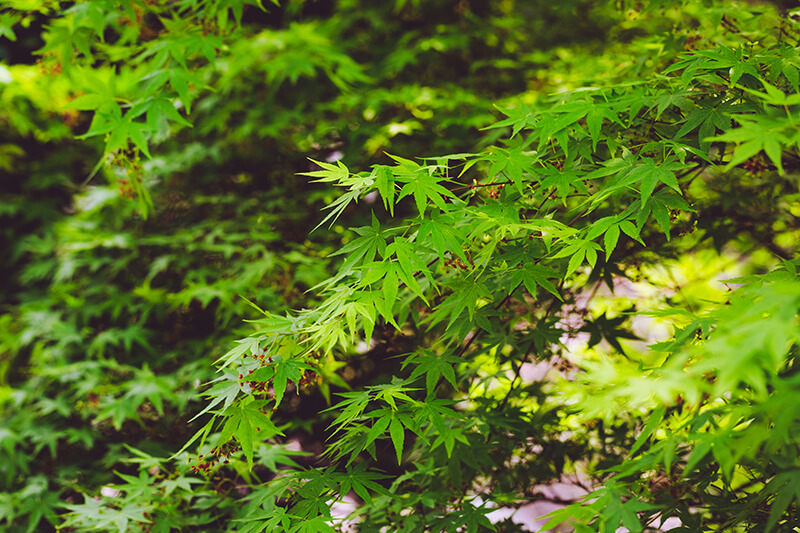
The Green Cascade Maple is native to Japan, where it grows wild on mountain slopes and river banks at altitudes up to 1,500m above sea level. Its most striking feature is its vivid green foliage which turns red as autumn approaches. The Green Cascade Maple, also known as Acer japonicum, is a deciduous tree that can grow up to 25 feet in height. Green Cascade Maple grows in USDA zone 5 through 7.
25. Golden Full Moon Maple (Acer Shirasawanum ‘Aureum’)
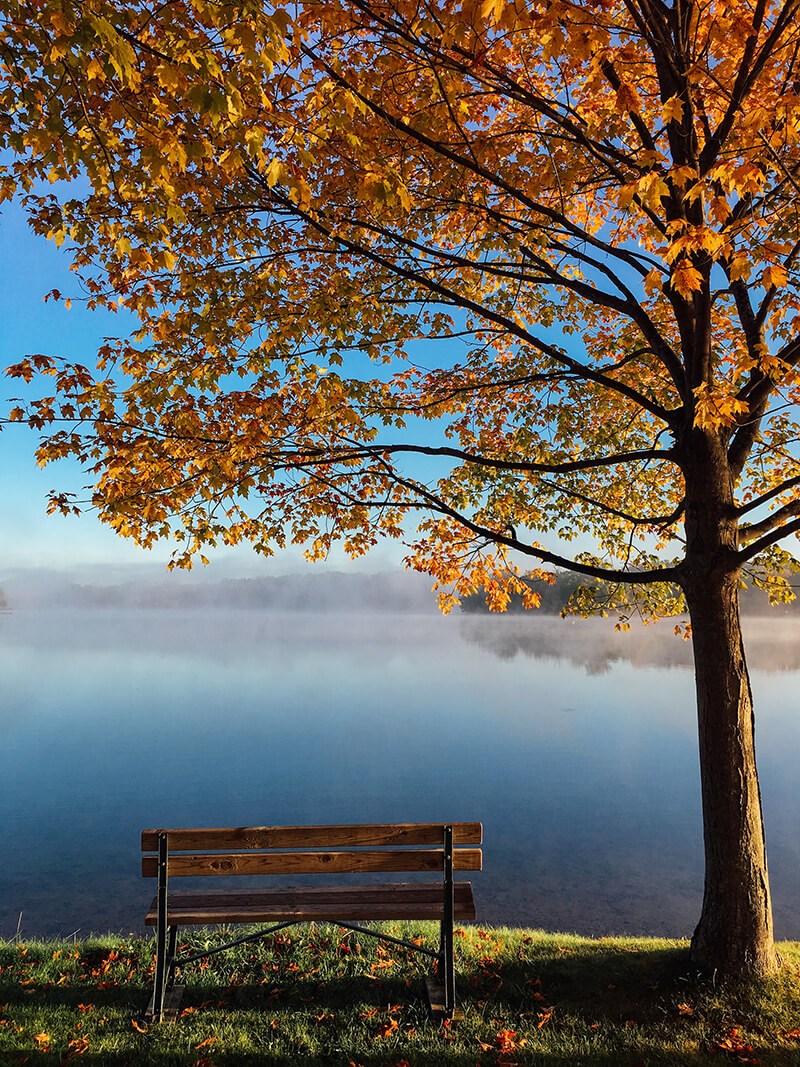
This is an ornamental variety of Japanese maple tree that has golden-yellow leaves that turn red in the fall. This type of maple tree is sometimes called “Autumn Blaze” or “Crimson Queen.” The leaves have a very long period of color change, lasting well into winter when other maples lose their leaves early in the season. Golden Full Moon Maples have attractive upright growth habits and reach heights between 20 and 30 feet tall with diameters up to 20 inches wide at maturity.
[wp-faq-schema title=”Frequently Asked Questions about Maple Trees” accordion=1]25 Species Of Maple Trees that are Simply Gorgeous
Maple trees are one of the most popular types of trees in the world. They are known for their beautiful, vibrant leaves and their sweet sap, which is used to make maple syrup. Maple trees provide shade and shelter for other plants and animals, as well as nutrients for the soil. They also help to prevent erosion because their roots hold the soil together.
There are many different types of maples. Some are deciduous, meaning that they lose their leaves during the winter months; others are evergreen, meaning that they do not lose their leaves at all.
Some maples have red or orange leaves in autumn; these are called “red” maples, while others have green leaves throughout the year; these are called “silver” maples. Some have both red and green leaves on different parts of their branches at different times during the year.

